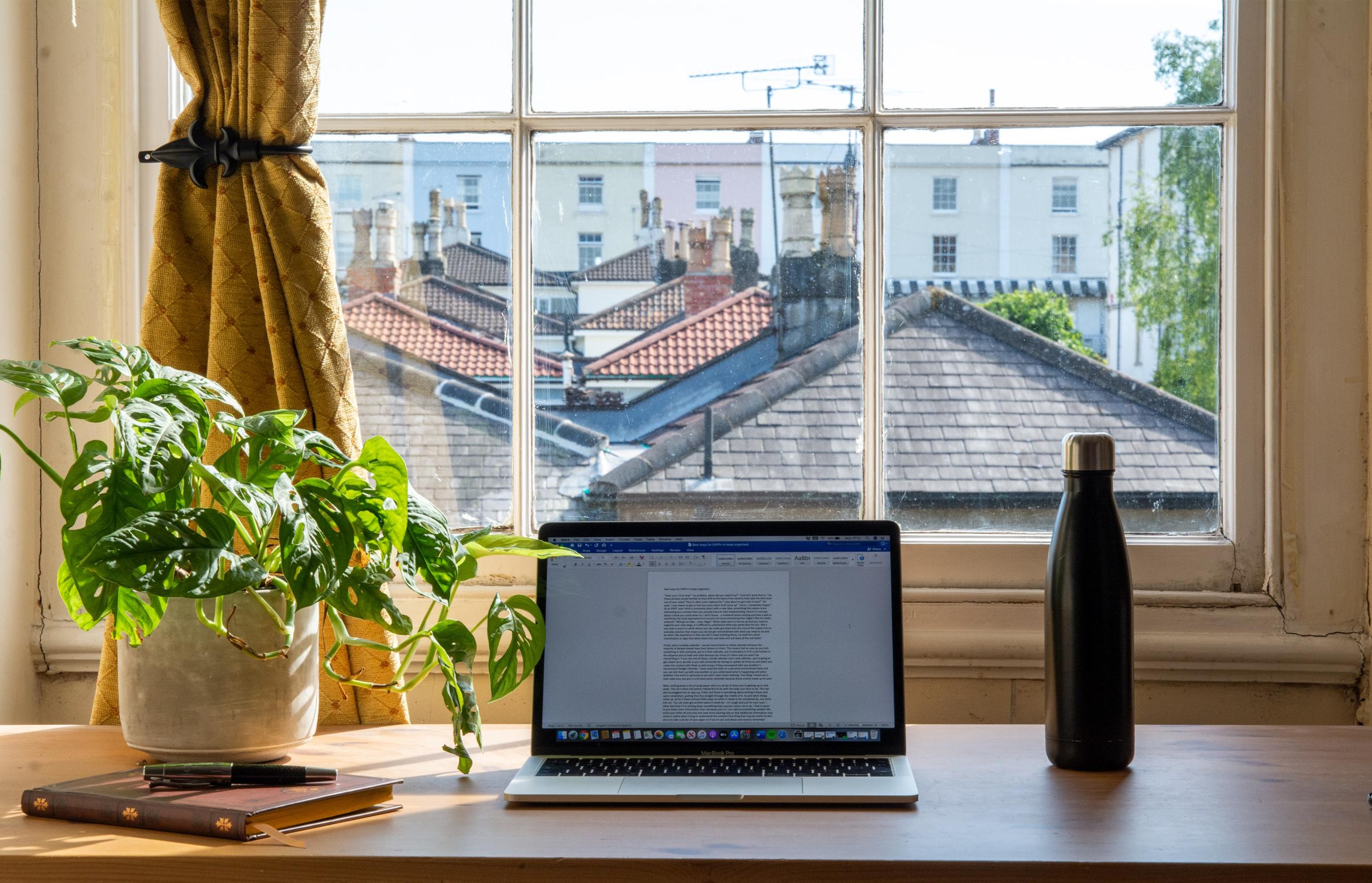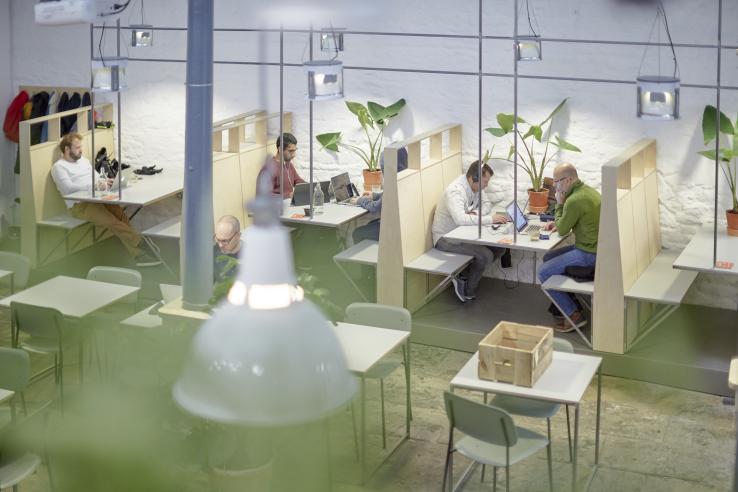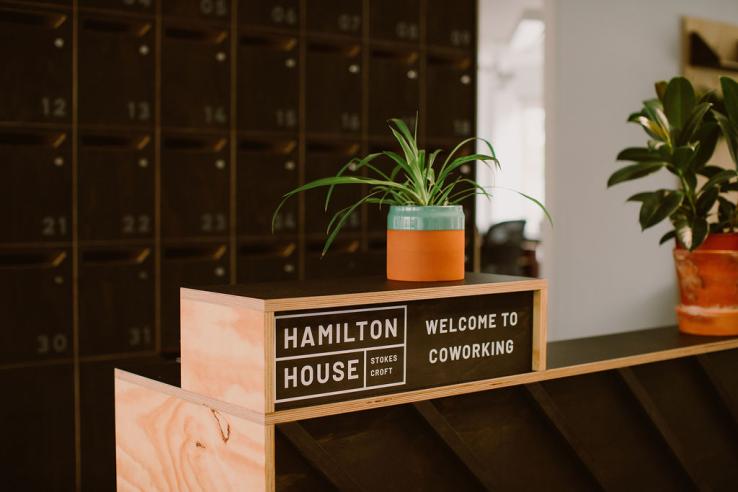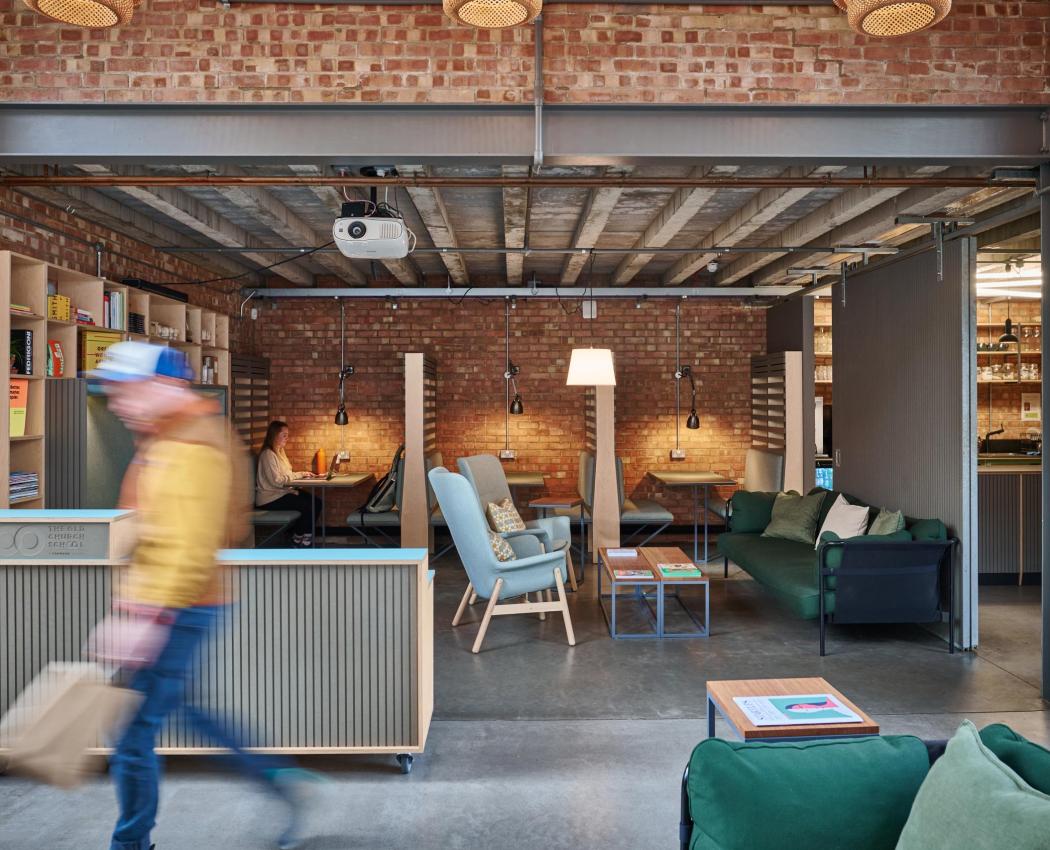With the rising cost of living, has the ‘work from home’ revolution that flourished so quickly during the COVID pandemic hit a stumbling block?
Over the past few years, many of us have enjoyed the benefits of spending less time in the office, more time at home and an improved work/life balance as a result. We’ve been commuting less, had more time to spend with loved ones and found different working patterns that suit our lifestyles better.

That initial freedom, though, could be starting to wane as the cost of running our homes has increased considerably over the past few years. Average household energy prices had already doubled by April 2022, increasing by 54% (according to a report by the House of Commons), and even with recent government intervention, our energy bills will continue to increase.
If you’re lucky enough to be in a position where you can either work from home or from a shared workspace, which is the best, most cost-effective way of working? The answer is, of course, not an easy one. Each of us has different responsibilities, needs and opportunities, so how do you figure out what’s best for you?
Whilst we would obviously extol the virtues of shared workspaces like ours, in a new series of posts we’ve put together an honest appraisal of the different areas that are worth considering if you’re thinking about re-evaluating your current work setup.
Where possible, we speak to our members for first-hand feedback, ideas and advice from those already adopting a different way of working. First up, we look at the most direct cost of working from home or the office – your energy bills and your commute.
Household energy bills
Despite the Prime Minister’s recent plan to tackle rising energy costs, the new Energy Price Guarantee (EPG) will still see an increase in average household energy bills. The EPG states that a typical household will pay £2,500 a year on energy bills, frozen until 2024 – this is around £1,000 less than Ofgem’s initial proposal in their October Price Cap.
The important thing to remember here though, is that the headline figure of ‘£2,500 a year’ is slightly misleading as it’s based on a ‘typical’ household and, rather than being a price cap on costs as a whole, actually just sets a maximum price suppliers can charge for a single unit of gas and electricity. This means that if you’re using more than a ‘typical’ household, you will still pay more. So, if you’re working from home 5 days a week, chances are you’ll be using significantly more energy than usual.
According to Channel 4’s Fact Check, and based on analysis by USwitch, the average ‘work from home’ customer uses 58.5 hours of central heating per week, compared to 46 if they went to work – a 21% increase. This combined with increased electricity usage from running things like laptops, charging phones and boiling the kettle a few times a day, can stack up to an estimated additional £50 per month on energy bills for the average person working from home.
Verdict
Working away from home full-time obviously wins here. Remember to bear in mind, though, that with costs going up across the board to check what you’re spending on things like your commute and weigh it up against your household bills. Cutting out things like an expensive rail season ticket or a takeaway coffee and lunch everyday might end up saving you more money than reducing your energy usage at home.
A shared workspace can provide a happy medium as your costs will be fixed and will usually include things like internet, utilities, tea and coffee and showers. If you can walk or cycle to work too then it’s an even more attractive option.


The cost of your commute
This varies drastically depending on where you are in the country, how long your commute is and how many times you need to go into a central work location or office. As we’re based in the South West, the examples below are focussed on where we’re based – Somerset and Bristol.
If you travel to work by car you can get an idea of what you’re spending by using Fleet News’ fuel cost calculator – just input your fuel type, mileage and your vehicle’s MPG. Parking costs need to be considered too. In central Bristol parking can cost upwards of £24.95 a day.
Public transport is easier to account for. For example, A Zone A Freedom Travelpass in Bristol (covering most of central Bristol) costs £100 per month. If you expand that to include Zone B (Portishead, Clevedon, Yatton etc) then the cost increases to £192 per month, or just over £2,300 annually.
Rail costs can vary significantly too, but a monthly season ticket from Keynsham to Bristol Temple Meads comes in at £98, Bridgwater to Taunton is £156.30 and Bath Spa to Frome a whopping £209.70, or £2,184 a year. Trainline’s season ticket calculator is a handy tool for comparing your options.
Verdict
Working from home obviously comes out on top here as your commuting costs will be zero, but another option is to consider reducing the number of days you need to go into the office or finding a shared workspace that’s closer to home so you can walk or cycle.
At Forward we’ve noticed a trend of more and more employers looking at ways to reduce costs by downsizing and, in some cases, getting rid of big expensive offices too, so it’s always worth taking a look at what spaces are around you and sharing those costs with your boss. We’ve even seen some instances where companies have set aside budgets to cover the cost of coworking spaces in full for their employees, making it a much more attractive option.
Another important thing to consider is the type of work you’re doing and what environment will work best for you. You may want to come into the office when you want headspace, to devote time to creative work or for meetings; but working from home might be a better fit for getting your admin and other regular tasks done. Flexibility really is key.
Looking for coworking in Bristol or Somerset?
If you’re interested in trying a different way of working and would like to try out one of our workspaces, head to the workspaces section of our website and take a look through the spaces we have available. We offer free trial days for coworking, and membership is extremely flexible with PAYG options through to dedicated monthly memberships.



